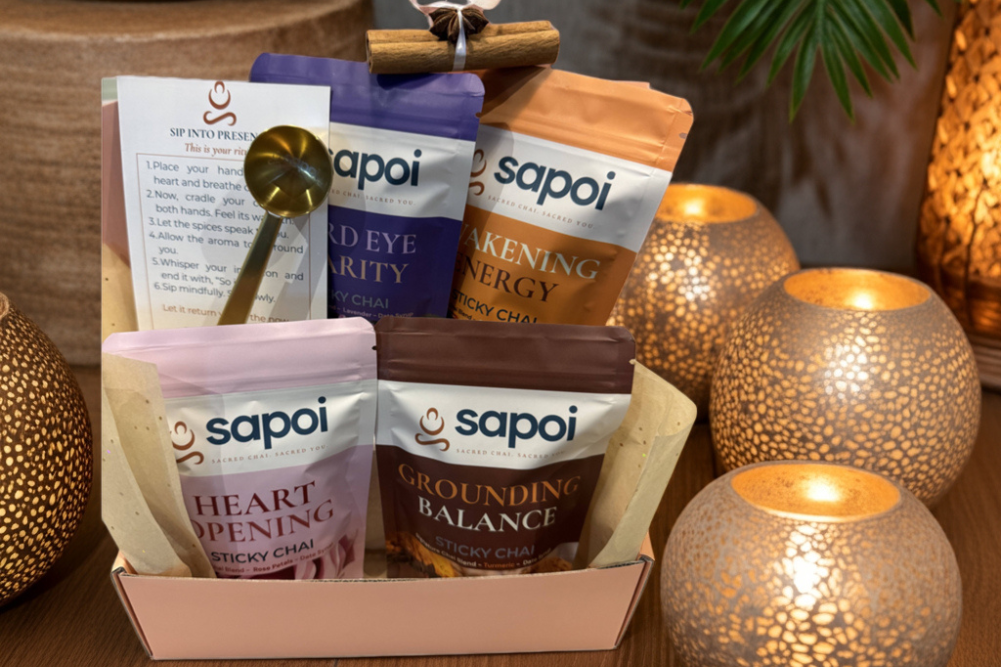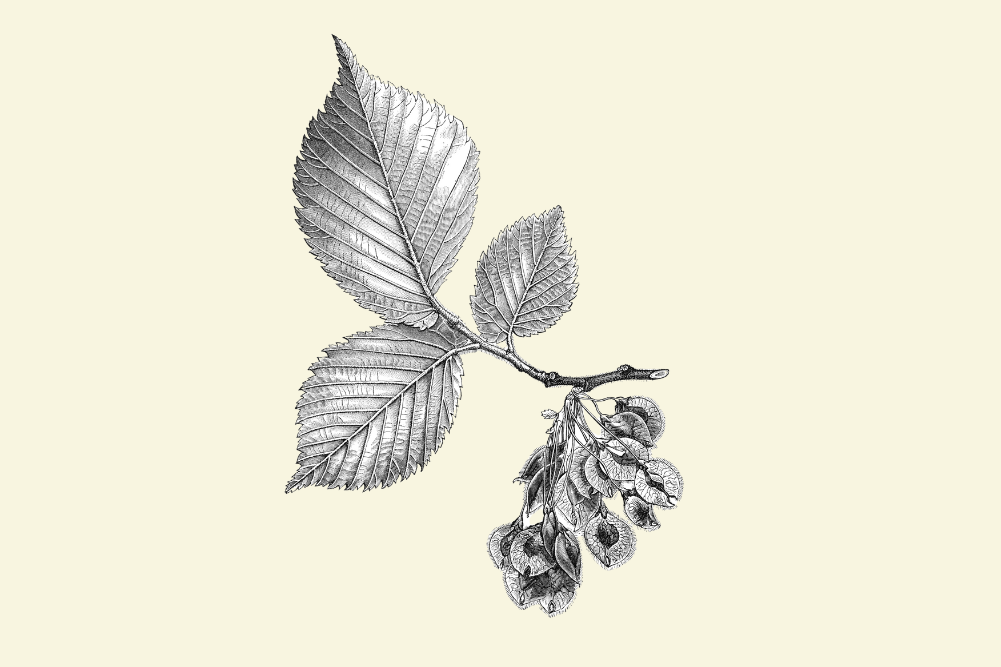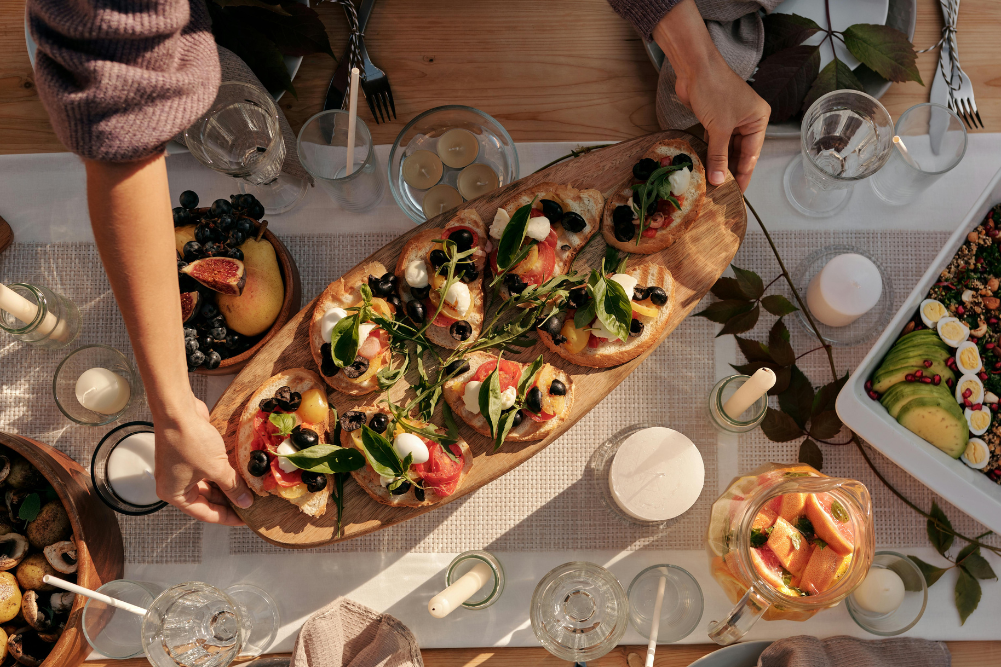How hydrotherapy can benefit your health
Hydrotherapy is the therapeutic use of water to restore and maintain Health and enhance internal cleansing. The central effects of hydrotherapy are due to the influences on blood vessels, lymph flow, nerves and metabolic functions throughout the body. These effects actually have more to do with the temperature and pressure of the water applied than the water itself.
The predominant application of hydrotherapy is via external practices, either to the entire body or to various areas. Applications vary widely. They can include types of baths and semi-submersions (like sitz baths), steam applications, hot or cold compresses, sponging, wrapping and rubbing, or effusions (jets) of water sprayed onto the skin surface. Some can be easily used at home.
Water is applied at different temperatures to elicit different effects throughout the body. For example, changing the flow of blood to certain tissues changes the amount of exchange between blood and tissue. There might be a constriction of vessels, reducing blood flow, followed by a dilation, bringing more blood to the area. This gently brings about more healing and cleansing to a particular area.
Although water has been used as a healing agent for eons, hydrotherapy was first formulated and articulated in the German Forest sanatoriums by Nature Cure pioneers. Best-known is the “water-can parson”, Reverend Kneipp. Inspired by watching animals cure themselves by washing in natural streams, Kneipp used water to cure himself, then went on to develop a range of healing water treatments.
Naturopathic hydrotherapy is common, if not central, to practice throughout North America and Europe. Generally, it is practised in conjunction with providing good nourishment to the blood through nutrition, hydration and herbs to enhance the cleansing experience. Hydrotherapy is not currently a part of naturopathic education in Australia.
My first attempt at hydrotherapy was an anxiety-inducing, wet-towel-slapping fiasco. Inspired by my reading, I had persuaded a fellow naturopathy student to be my hydrotherapy guinea pig. I applied cold and hot towels to her on a sunny verandah in the idyllic countryside. As the puddles of mud scrub and water started to accrue over the deck, my client was complaining of both the cold wind and the burning sun, far from the nurturing, relaxing experience that was intended!
Melbourne-based naturopath Kelly Galvin was trained by Bavarian Nature Cure hydrotherapy practitioners, then taught it at the University of Westminster in the UK. She now practises hydrotherapy in Emerald, Victoria, often with remarkable benefits, particularly with chronically unwell clients.
Hydrotherapy can be excellent for people who are taking numerous pharmaceutical medications. The side-effects of many medications can often be reduced by simple, gentle hydrotherapy applications and there is no concern over instigating more herb- or nutrient-drug interactions.
Galvin finds that hormone disorders respond particularly well. The subtle yet profound effect of hydrotherapy has been effective for thyroid disorders and adrenal exhaustion. She also notices an enduring effect against stress, felt even a week after a session. The care and attention provided by the therapist during a hydrotherapy session is also paramount to its success.
There’s a number of gentle, easy ways to successfully use hydrotherapy at home. A fundamental key to effective hydrotherapy is to ensure the client’s core temperature is warm and stable before any application of cold. The vitality level of the client is also something to keep in mind, as weakened and feeble people need to proceed slowly and more moderately than vital ones.
One simple way to bring hydrotherapy into life is during your daily shower, by having cold shower bursts. It’s easy in the summer. After a warm shower, turn the water to cool for five seconds (gradually over proceeding days building up to 30 seconds), then switch it back to warm. Repeat this three times, finishing on the cold. This will enhance vitality and leave you feeling invigorated.
Another simple, regular treatment is to use a warm facial compress and cold effusion after cleansing. Soak a face-washer in warm water with a few drops of lavender or chamomile essential oil and press gently onto your face. Then try a cool–cold effusion (gentle jet) in a clockwise motion around the face. Initially, the blood vessels constrict with the cold, then dilate. This naturally tonifies the skin as well as cleanses.
A hydrotherapy process that helps to calm the whole being and brings the heat down to the feet involves placing the feet into a bucket of cold water. Place one foot in the cold water for 5–30 seconds, remove it and place the other foot in. Repeat this 10 times. Directly after that, get into bed for a restorative sleep.
There is also a cold tummy rub for sleep, after a warm shower. Have a cold bowl of water to dip a face flannel in. Squeeze it out and apply 10 cold rubs around the belly in a clockwise direction. Have four separate applications, doing a total of 40 rubs. These can be performed in bed. Then cover up for a warm sleep.
If you want to venture out for hydrotherapy, try a Japanese bathhouse. Sitting naked on squat stools, you use a shower jet to wash off and exfoliate. It’s a good idea to bring your own natural scrubs with you. Scrubbed clean, you enter the hot communal bath to soak and relax. When ready, a visit to a dry sauna starts the sweat flowing through your open, clear pores. After a quick, cool washdown, it’s back into the squat stool for more exfoliation and to begin the cycle again. Within an hour, to reacclimatise to the “real world”, it’s nice to sip a green tea in the lounge, warmed, relaxed and deeply cleansed.
Sally Mathrick is a naturopath who runs Sparkle Wellness & Detox courses and retreats. See sparklewell.com.au for details.







